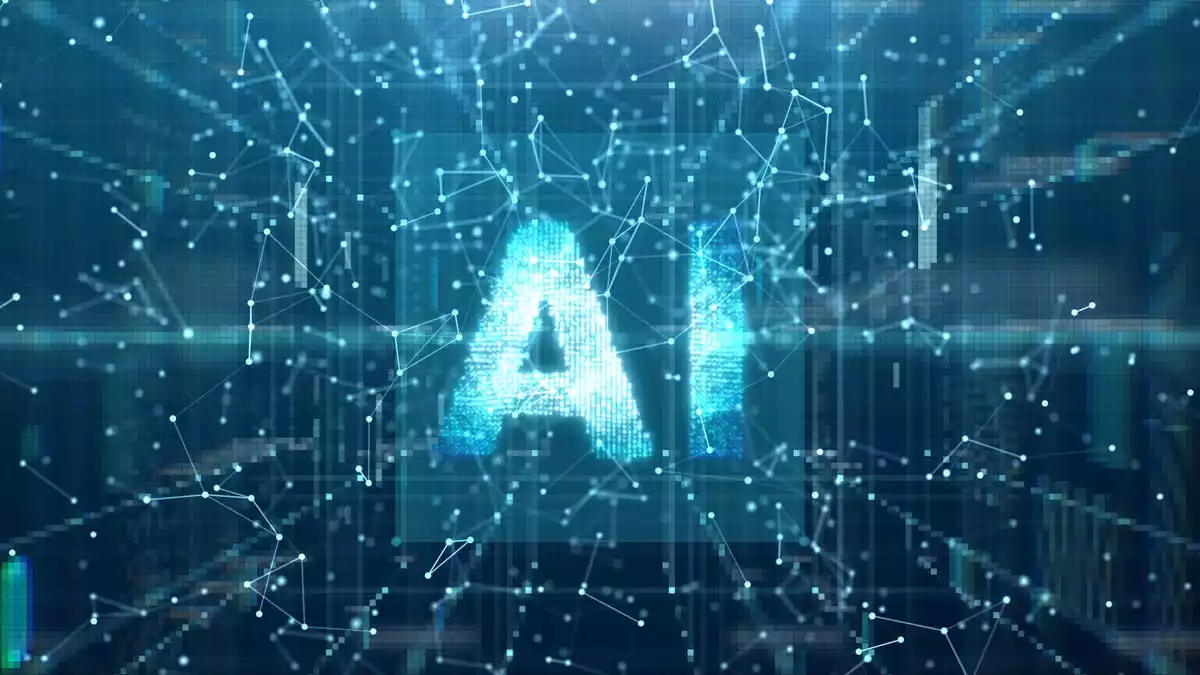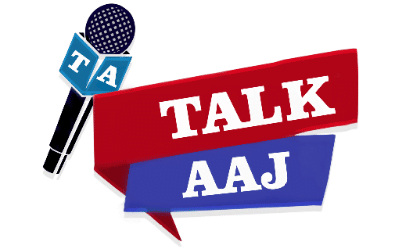Master AI Language with These 44 Must-Know ChatGPT Terms – Your Ultimate Guide!
ChatGPT Glossary: 44 AI Terms Everyone Should Know
In today’s world, AI is everywhere. With big companies like Google, Microsoft, and Meta diving into AI, keeping up with all the new terms can be challenging. This glossary will help you understand the key AI terms you need to know.
Introduction to ChatGPT and AI:
Your first experience with AI was probably through ChatGPT, the AI chatbot created by OpenAI. ChatGPT became famous quickly because it could answer almost any question, help write poems, create resumes, and even suggest unique recipes. It’s like an advanced version of autocomplete, making AI feel almost magical.
But ChatGPT is just one piece of the AI puzzle. While it’s fun to use ChatGPT to help with homework or generate cool images, the real potential of AI is far greater. According to McKinsey Global Institute, generative AI could add a staggering $4.4 trillion to the global economy every year. This huge potential means you’ll be hearing a lot more about AI in the future.
AI is already being used in a wide range of products. Some examples include Google’s Gemini, Microsoft’s Copilot, Anthropic’s Claude, the Perplexity AI search tool, and new gadgets from Humane and Rabbit. You can find reviews, news, and how-to guides about these and other AI products on our new AI Atlas hub.
As AI becomes more common, new terms are popping up all the time. Whether you’re trying to impress your friends or ace a job interview, here are some important AI terms you should know.
This glossary will be updated regularly to keep you informed.
Important AI Terms You Should Know:
- Artificial General Intelligence (AGI): AGI is a concept that refers to a more advanced type of AI, one that can perform tasks better than humans and improve its own abilities.
- AI Ethics: These are principles that ensure AI doesn’t harm people. This includes rules about how AI should collect data and handle biases.
- AI Safety: This is an interdisciplinary field focused on the long-term impacts of AI, particularly how AI might one day evolve into a superintelligence that could pose risks to humanity.
- Algorithm: An algorithm is a set of instructions that a computer program follows to learn from data, recognize patterns, and perform tasks independently.
- Alignment: This refers to adjusting an AI system to ensure it produces the desired outcomes, such as moderating content or promoting positive interactions with humans.
- Anthropomorphism: This is when people attribute human-like characteristics to non-human objects, including AI chatbots. For example, some might mistakenly believe a chatbot is happy or sad like a human.
- Artificial Intelligence (AI): AI involves using technology to simulate human intelligence, either in software or robotics. It’s a field in computer science that aims to create systems capable of performing tasks that typically require human intelligence.
- Bias: In AI, bias refers to errors that arise from the data used to train the models. This can lead to incorrect or unfair associations based on stereotypes.
- Chatbot: A chatbot is a program that interacts with people through text, simulating human conversation.
- ChatGPT: This is an AI chatbot developed by OpenAI that uses large language models to generate human-like responses.
- Cognitive Computing: Another term for AI, particularly focusing on how computers can simulate human thought processes.
- Data Augmentation: This technique involves remixing existing data or adding more diverse data to train an AI model.
- Deep Learning: A type of AI that uses neural networks to recognize complex patterns in data, such as images, sound, and text.
- Diffusion: A machine learning method that takes existing data, like a photo, and adds random noise. The AI then learns to reconstruct the original data from this noisy version.
- Emergent Behavior: When an AI model unexpectedly develops abilities it wasn’t specifically trained to have.
- End-to-End Learning (E2E): A deep learning method where a model learns to perform a task from start to finish, without being trained in steps.
- Ethical Considerations: These involve being aware of the moral implications of AI, including privacy, data usage, fairness, and potential misuse.
- Foom: Also known as “fast takeoff” or “hard takeoff,” this is the idea that if AGI is developed, it might rapidly become too powerful for humans to control.
- Generative Adversarial Networks (GANs): GANs are a type of generative AI that use two neural networks to create new data—one network generates the content, and the other evaluates its authenticity.
- Generative AI: This is a type of AI that creates new content, such as text, images, or code, based on patterns it has learned from large amounts of data.
- Google Gemini: Google’s AI chatbot, similar to ChatGPT, but with the added ability to pull information from the current web.
- Guardrails: These are policies and restrictions set up to ensure AI models handle data responsibly and don’t create harmful content.
- Hallucination: This is when AI generates an incorrect response that it presents confidently as if it were true. For example, an AI might wrongly state that “Leonardo da Vinci painted the Mona Lisa in 1815,” even though that’s 300 years too late.
- Large Language Model (LLM): An AI model trained on vast amounts of text to understand and generate human-like language.
- Machine Learning (ML): A part of AI that enables computers to learn from data and improve their predictions over time without explicit programming.
- Microsoft Bing: Microsoft’s search engine, now powered by AI technology similar to ChatGPT, offering AI-driven search results.
- Multimodal AI: AI that can process multiple types of input, like text, images, videos, and speech.
- Natural Language Processing (NLP): A branch of AI focused on enabling computers to understand and respond to human language.
- Neural Network: A computational model inspired by the human brain, consisting of interconnected nodes (neurons) that can recognize patterns and learn over time.
- Overfitting: A common error in machine learning where the model works too closely with the training data, making it less effective with new data.
- Paperclips: Refers to the “Paperclip Maximizer” theory, where an AI designed to produce paperclips might theoretically convert all available resources into paperclips, even if that means destroying humanity in the process.
- Parameters: These are the numerical values that structure and guide an LLM, helping it make predictions.
- Prompt: The input or question you give an AI chatbot to generate a response.
- Prompt Chaining: A method where AI uses information from previous interactions to influence its future responses.
- Stochastic Parrot: A metaphor describing how LLMs generate convincing language outputs without actually understanding the meaning behind them, similar to a parrot mimicking human speech.
- Style Transfer: AI’s ability to apply the style of one image to another, like reinterpreting a Rembrandt self-portrait in the style of Picasso.
- Temperature: A setting that controls how random or creative an AI model’s output is. Higher temperatures lead to more varied and risk-taking responses.
- Text-to-Image Generation: The process of creating images based on text descriptions.
- Tokens: Small units of text that AI models process to generate responses. In English, a token is usually about four characters or three-quarters of a word.
- Training Data: The datasets used to train AI models, including text, images, code, and other forms of data.
- Transformer Model: A type of neural network architecture that helps AI models learn context by analyzing relationships within data, such as words in a sentence.
- Turing Test: A test named after Alan Turing that evaluates whether a machine’s behavior is indistinguishable from a human’s. If the machine passes, it suggests the AI is behaving like a human.
- Weak AI (Narrow AI): AI that is designed to perform a specific task and can’t learn beyond that task. Most of today’s AI falls into this category.
- Zero-Shot Learning: When an AI model completes a task without being given specific training data for that task, such as recognizing a lion without having been trained on lions, only tigers.
This glossary will help you keep up with the rapidly evolving world of AI. Whether you’re just starting to learn about AI or looking to stay informed on the latest developments, knowing these terms will give you a solid foundation.
NO: 1 Hindi News Website TalkAaj.com (Baat Aaj Ki)
(Read the Latest News of the Country and the World first on TalkAaj (Talk Today), follow us on Facebook, Twitter, Instagram and Youtube)
|










